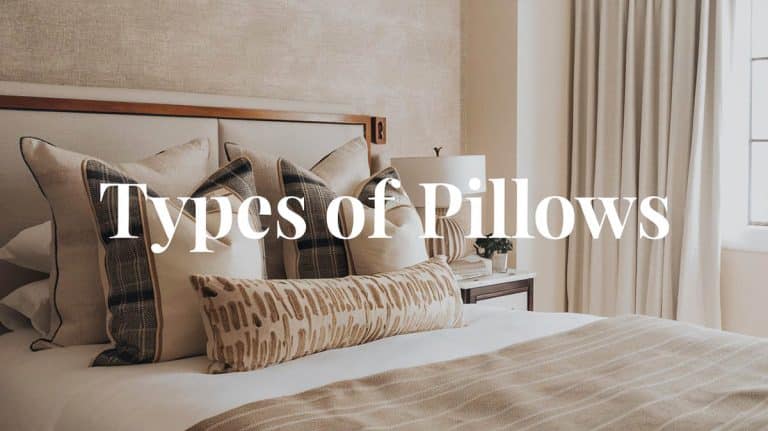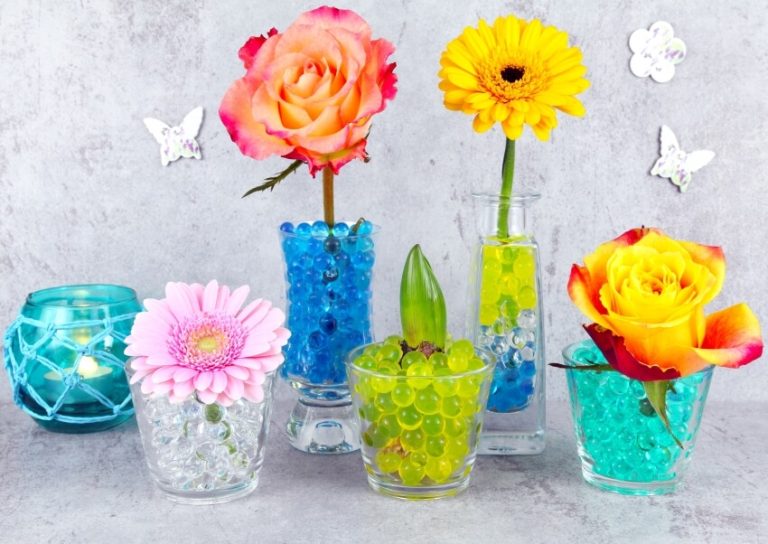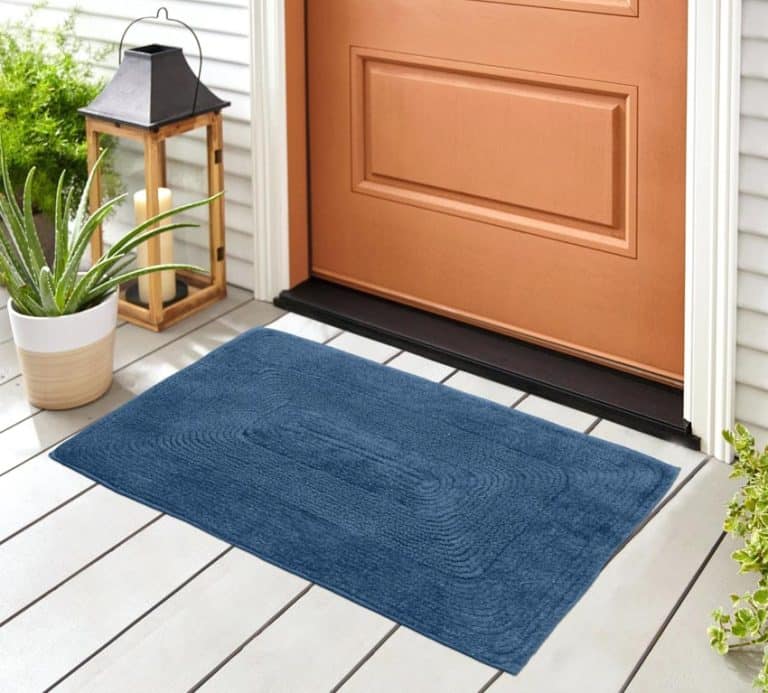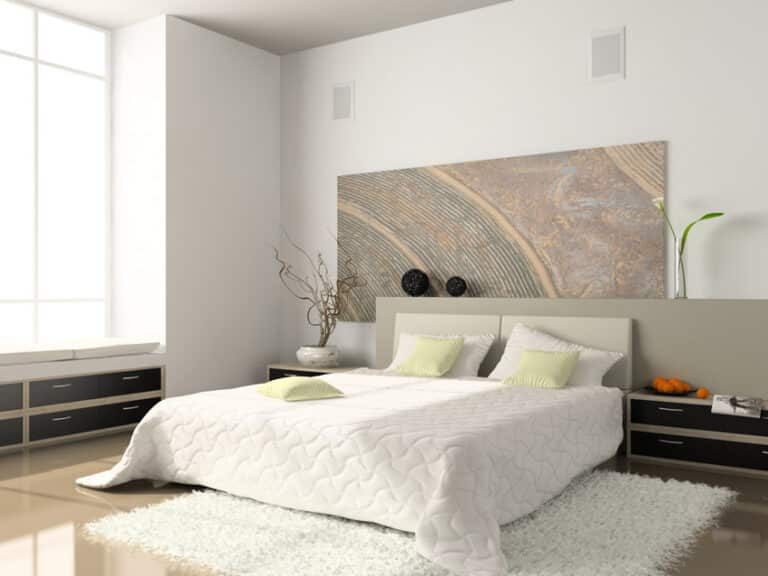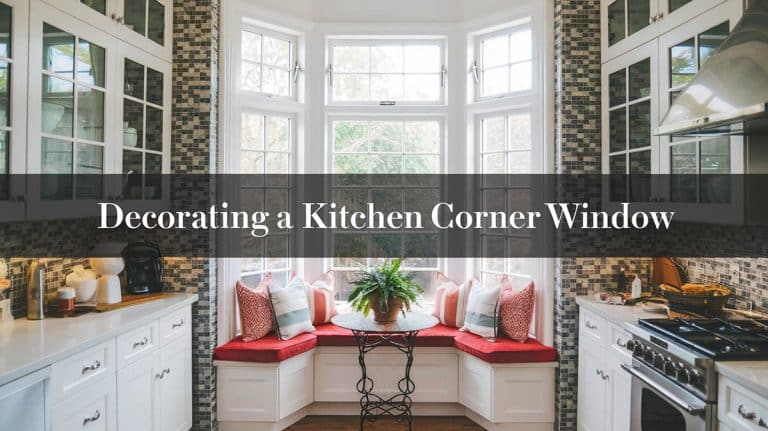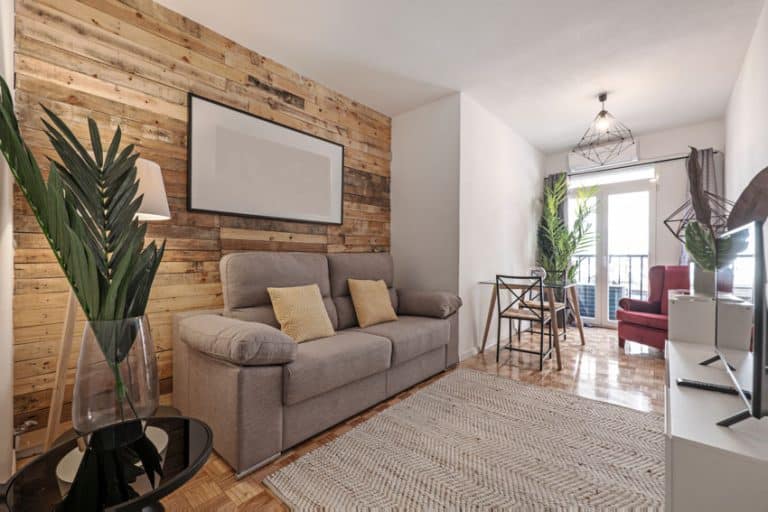Is A Round Mirror Design Right For Your Home Decor?
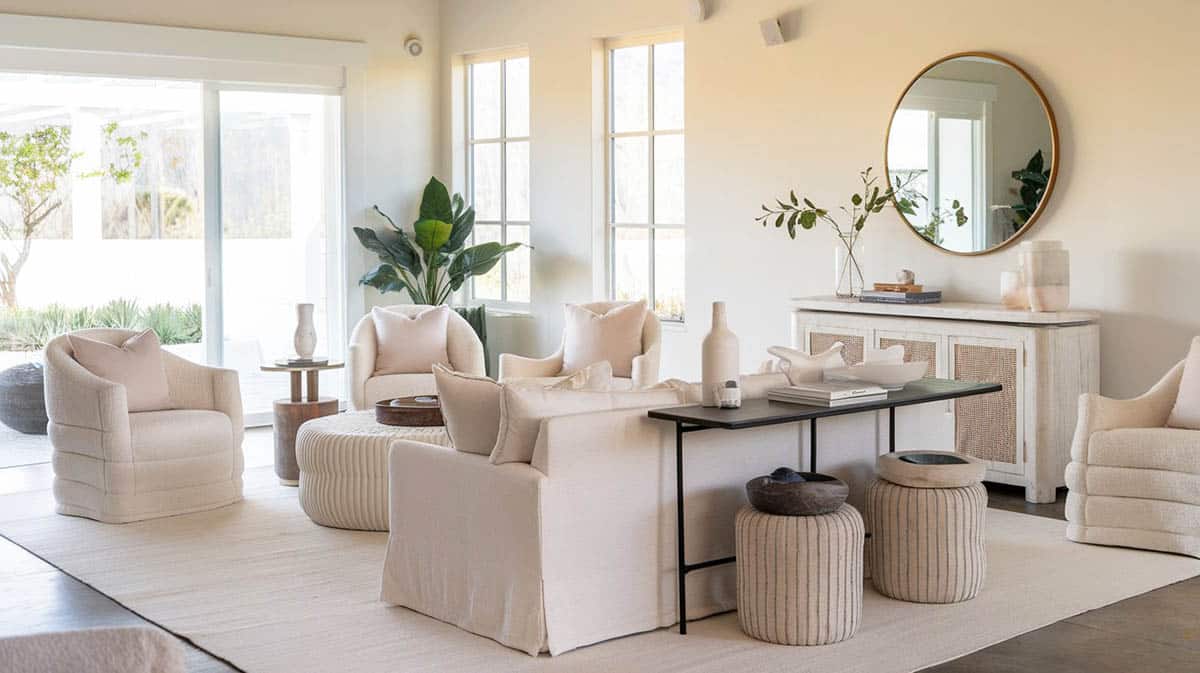
There’s not much wall décor as diverse as the round mirror, which holds a well-balanced design element and offers classic, elegant, and timeless appeal. Lately, round mirrors have been experiencing a striking revival and are now featured in many luxury and celebrity homes. In this post, we’ll explore the growing popularity of round mirrors and what they symbolize.
The feature that stands out the most with round mirrors is their adaptability to complement different interior styles, making them a popular choice for home accent pieces. The simple circular shape offers a stylish design that adds a touch of elegance and sophistication, blending with the aesthetics of any space. In a living room, we can see that the curved edge and the ornamental frame of a round mirror helps soften the design scheme and create a visual interest that offers a welcoming and comfortable atmosphere.
As a timeless statement piece, round mirrors can enhance the room’s aesthetic appeal by incorporating a variety of frame options that surpass ever-changing design trends. The circular shape of these mirrors reflects light better and makes the space feel larger. They can be an eye-catching design element and serve as the room’s centerpiece that draws your attention.
You can also incorporate round mirrors into your home interior to create a vibrant and welcoming atmosphere. Incorporating the right round mirror into your design scheme will help accentuate other decorative pieces in the room. One example is to display round mirrors with a console table, some artwork pieces, sculptures, plants, flowers, and your pictures or photograph collections.
One of the reasons why I love incorporating round shapes or circles into my home’s interior decorations is that they represent integrity, solidarity, harmony, and peace. Circles have no beginning or end, which is why it is known to symbolize infinity and immortality. The interior design uses elements with shapes, and mirrors are connected to the water element as well as epitomize femininity.
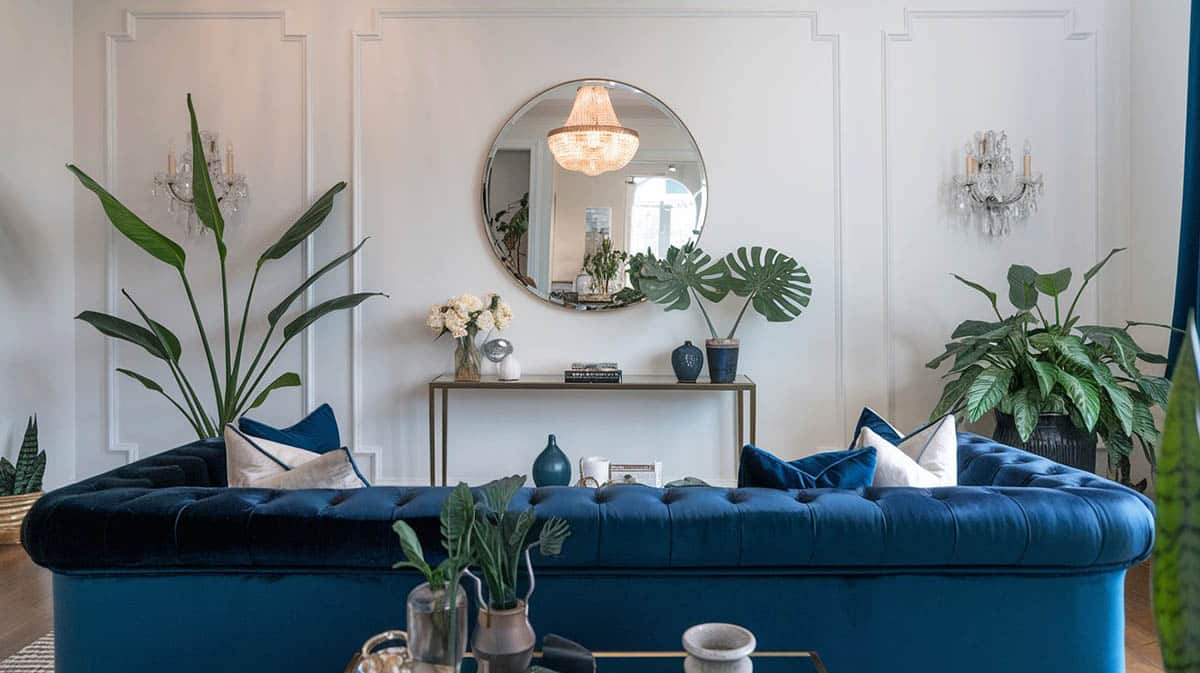
The perfect geometric shape of round mirrors also represents security and signifies a sense of balance and symmetry within a space and its surroundings. Its contours create a sense of contrast with the angular shapes and straight lines of furniture, as well as found in architectural structures.
Mirrors have become more than just reflective surfaces, becoming integral decorative elements. Since they have the power to transform spaces and enhance the aesthetics of the room, it is important to consider the mirror’s size in relation to the dimensions of the room. They are dynamic elements in interior design that can create a stunning and dramatic visual display. When you incorporate a large mirror into a smaller space, it can visually expand the room and create an optical illusion of a bigger space. When integrated and hung above furniture, mirrors should not be wider than the furniture itself.
To choose the right size round mirror, start by matching it to the wall or furniture it sits above. Aim for roughly two-thirds to three-quarters of the item’s width or, on an open wall, let it fill substantial space while leaving breathing room at the edges. Small mirrors (18–24 in.) accent tight spots like powder-room sinks, medium ones (24–36 in.) suit dressers or console tables, and large pieces (36–48 in.+) make bold focal points in living rooms or entryways.
In small rooms, a medium or large round mirror can visually enlarge the area by bouncing light, whereas a tiny mirror looks lost in a large room. Balance the mirror with nearby lighting, artwork, and windows. Use a big, striking mirror if the décor is minimal, or a simpler, smaller one in busier settings. Finally, think about its primary function: a decorative mirror prioritizes proportion and style, while a bathroom mirror must be big enough for comfortable use.
Determining the mirror’s material and its frame contributes to the appearance and desired effect of this decorative accessory. There are a variety of materials to choose from, such as metals, including silver, gold, or bronze, colored for a regal and polished look; a wood frame offers a rustic and classic look. Different types of finishes can be applied to the mirror frame to create an eye-catching statement, while frameless mirrors are the best choice when you want them to blend in with other furnishings and the room’s backdrop, as well as the landscape.
Location is also an essential factor to be considered. Finding the perfect location concerning the source of natural light, such as placing mirrors facing a window, will allow it to capture and reflect the natural light and illuminate the room, creating a well-lit and inviting atmosphere. Round mirrors work well in the overall design scheme of bedrooms, hallways, living rooms, and dining rooms.
Placing round mirrors in unconventional locations in your home will add depth and texture to your overall design features. Placing a mirror over the bed looks stylish, adds visual depth, and helps brighten the room. One excellent characteristic of mirrors is being able to divert attention from any less appealing areas within the room and redirect your attention by reflecting more of the room’s attractive features.
Integrating round mirrors into your space represents a sophisticated design choice that blends classic elegance with functionality. They offer a timeless appeal, and their simplicity and perfectly proportioned shape lend a versatile charm to any space, making them a lasting choice for decorative pieces.
When it comes to interior design, round mirrors flawlessly enhance various aesthetics in the design scheme. It is a versatile chic accessory that can transform your bedroom, entryway, bath, or living room space dramatically and has become a trendy accent piece, especially in modern interiors.

